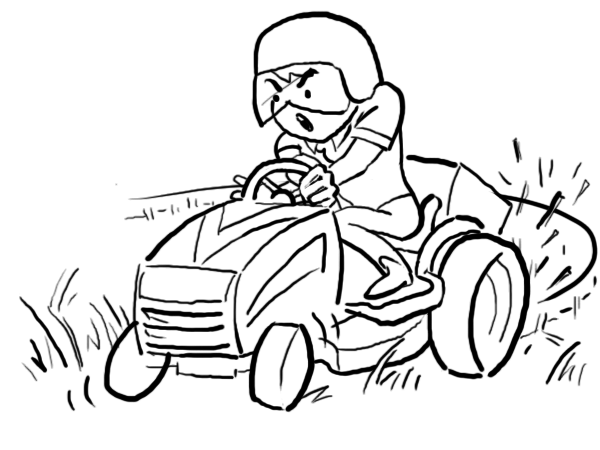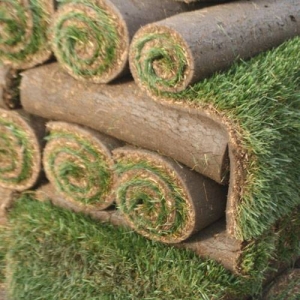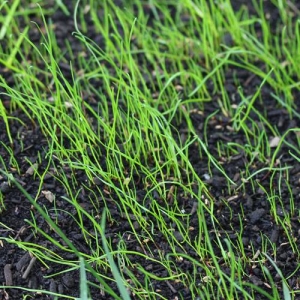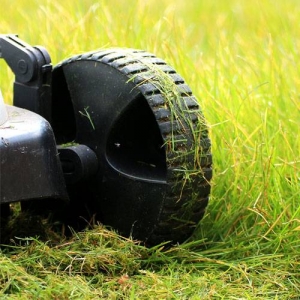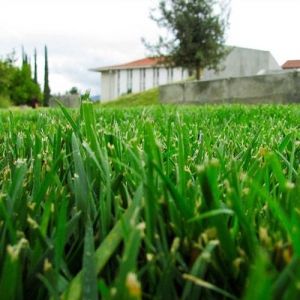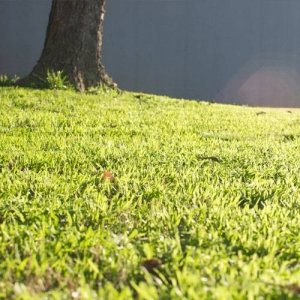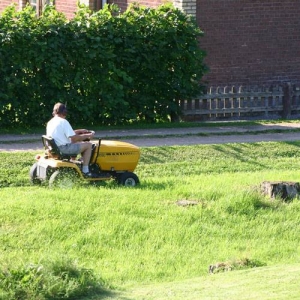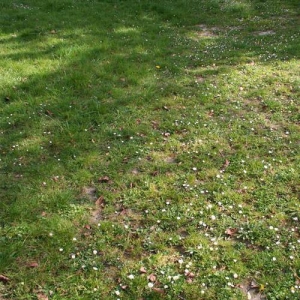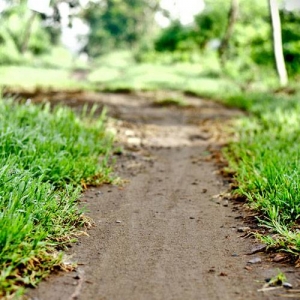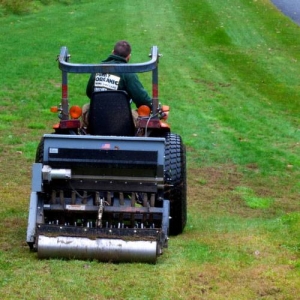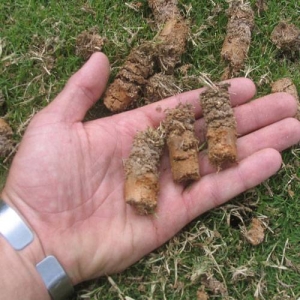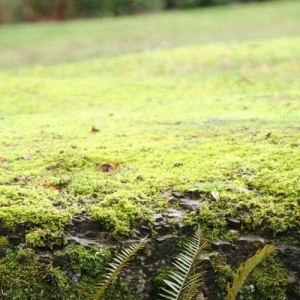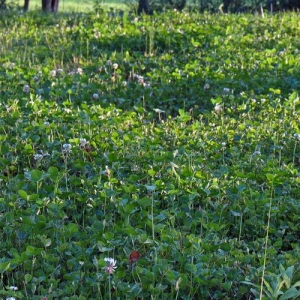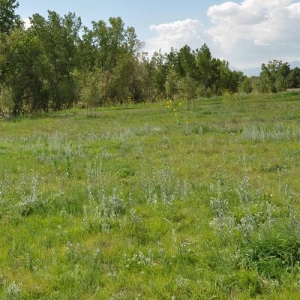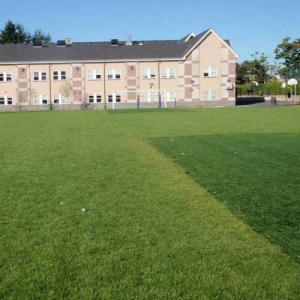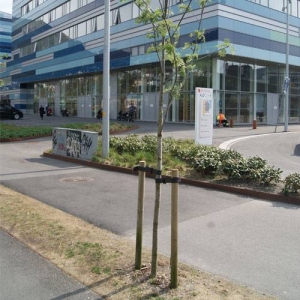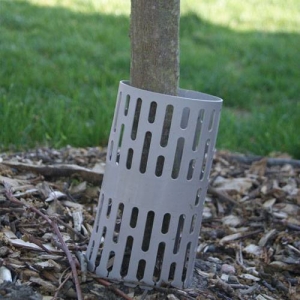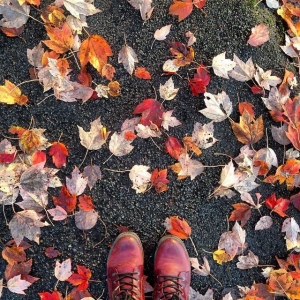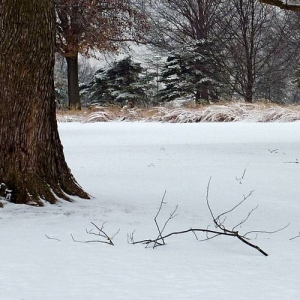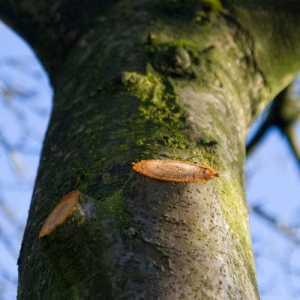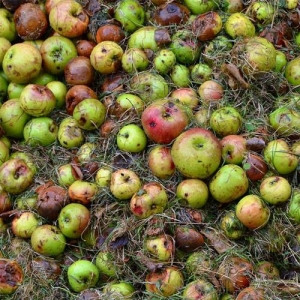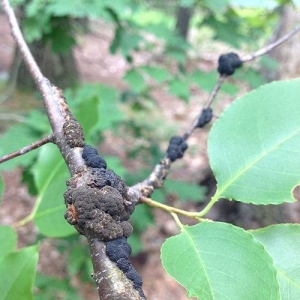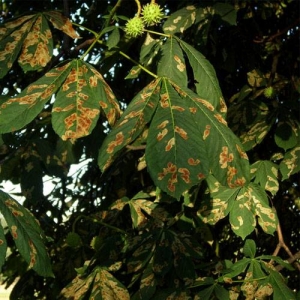Establishing Grass
If you’ve just rolled out new sod, it needs a bit of help at the beginning until it gets established. It will need to be irrigated to keep it from drying out, and protected from trampling which could damage it or shift it out of place. After several weeks, the roots will grow into the ground, anchoring the sod in place and making it more drought-resistant so it needs less water. Established grass can actually survive long periods without water. Even when it turns brown, the roots are still alive and will send out fresh new growth after the next rain. Keeping grass green in most climates requires a sprinkler system. A lower maintenance and more sustainable way to go, however, is to go irrigation-free. You don’t have to mow a lawn that is going through a drought and has temporarily stopped growing!
Mowing Grass
The blade height of a lawn mower affects the health of grass. A low blade height will cut grass shorter, so that it needs to be mowed less often. A higher blade height has its advantages though: taller grass shades and protects the soil more, reducing moisture loss and reducing water requirements.
Compaction and Aeration
Grass in high traffic areas undergoes a lot of trampling, and this leads to soil compaction. Compacted soil doesn’t allow much oxygen to get to roots, and also makes it difficult for roots to grow through. Any plant, grass included, will grow poorly without a healthy environment for its roots. Soil aeration can go a long way to fix this problem. This is done by a machine that perforates the soil and pulls out small “plugs” to allow more oxygen deeper into the soil.
Soil compaction can be significantly reduced with the use of protection products. They usually come in the form of a mesh laid over the surface of the soil or embedded in the top of the soil. The material distributes weight over a wider area, reducing wear on the grass and the soil beneath. Grass will grow through and around it, making it not noticeable.
Lower Maintenance Lawn Alternatives
Grass is not the only way to create a lush green blanket over an area. Any low ground-covering plant can create a nice lawn. They can’t tolerate as much trampling as grass, however, and should only be used in areas with limited foot traffic. Some good alternatives include clover, sedum, thyme, moss, or lilyturf. Wildflowers and ornamental grasses can create a lovely low-maintenance meadow that requires no mowing. Xeriscaping an area eliminates irrigation requirements and significantly reduces maintenance.
For high traffic areas like sports fields, artificial grass might be the way to go. It requires no mowing, and can handle a lot of high intensity activities. It can even be used strategically in parts of fields, for example the goal areas, with the rest of the field covered with regular grass.
Establishing Trees
Newly planted young trees can be quite fragile until they get established. They usually need to be staked until their roots can expand, to prevent them from getting knocked over by strong gusts of wind. Young trees need to be watered frequently. Usually a thick layer of mulch is added around the trunk in a bowl-shape, so a large amount of water can be poured and gradually soak into the ground directly around the roots. The mulch also reduces the amount of moisture that will escape through evaporation. Young trees also benefit from tree guards, which serve several functions:
- Protecting trunk from girdling caused by weed trimmers, which can damage the bark all the way around the tree, cutting off its circulation and killing it.
- Protecting the trunk of thin-barked species from temperature extremes. Sunny days can heat the bark to above freezing, then nighttime temperatures drop significantly. The fast freezing and thawing can lead to frost cankers, which form a weak spot into which pests and diseases can easily enter the tree.
- Protecting the tree from deer, which can eat all of its new growth and damage its bark, leading to the death of the tree. This type of guard is more like a fence around the whole tree.
After approximately 6 months to a year or more, a tree will require a lot less manual watering, or none at all. Trunk protection may be needed for 5 years or more, depending on the species and climate.
Grooming and Tree Litter
Trees can generally be left to their own devices to grow naturally. Occasionally a branch or two will become damaged or die, and need to be removed. Some healthy branches may need to be removed if they are growing where they’re not wanted. Trees may grow too close to power lines, or have low branches that interfere with people walking under the tree. A good arborist will know the best course of action. Deciduous trees will drop their leaves in the fall and require some raking. Some trees naturally have weaker branches will drop some twigs now and then, or a lot all at once in a strong wind storm. These will need to be picked up from time to time. Fruit-bearing trees can create a bit of a mess if their fruit is allowed to fall to the ground and left to decompose. This can be remedied if edible fruit like apples are harvested before they drop. Otherwise, fallen fruit and other tree litter will need to be picked up.
Pests and Diseases
Trees are living things, and they can get sick just like people. They can be attacked by insects like aphids, or catch a disease from other nearby plants. Some pests and diseases may just make a tree look less attractive and run their course, with the tree making a full recovery. But there are others that can be fatal and require prompt treatment to save the tree. If you think any of your trees are suffering from disease, an experienced arborist will be able to tell you what action needs to be taken.
Trees are more susceptible to pests and diseases if they are under stress, so taking good care of them will reduce the chances of having to deal with a sick tree. Be extra careful of damaging roots when digging close to a tree, and try not to damage the bark, as a wound in the bark provides easy access to intruders. Trees and shrubs may also become stressed if the soil is too wet or too dry, if they’re not getting the right amount of sun, or if there’s not enough air flow or too much wind. Much of this has to do with planting the right plant in the right place to start with. When in doubt, ask a professional!
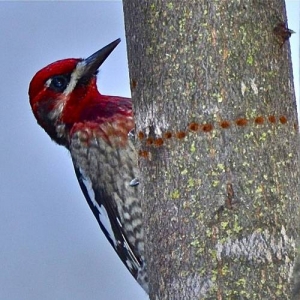 Sapsuckers are harmless but diseases can enter through holes in a distressed tree
(Image: Linda Tanner )
Sapsuckers are harmless but diseases can enter through holes in a distressed tree
(Image: Linda Tanner )
